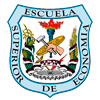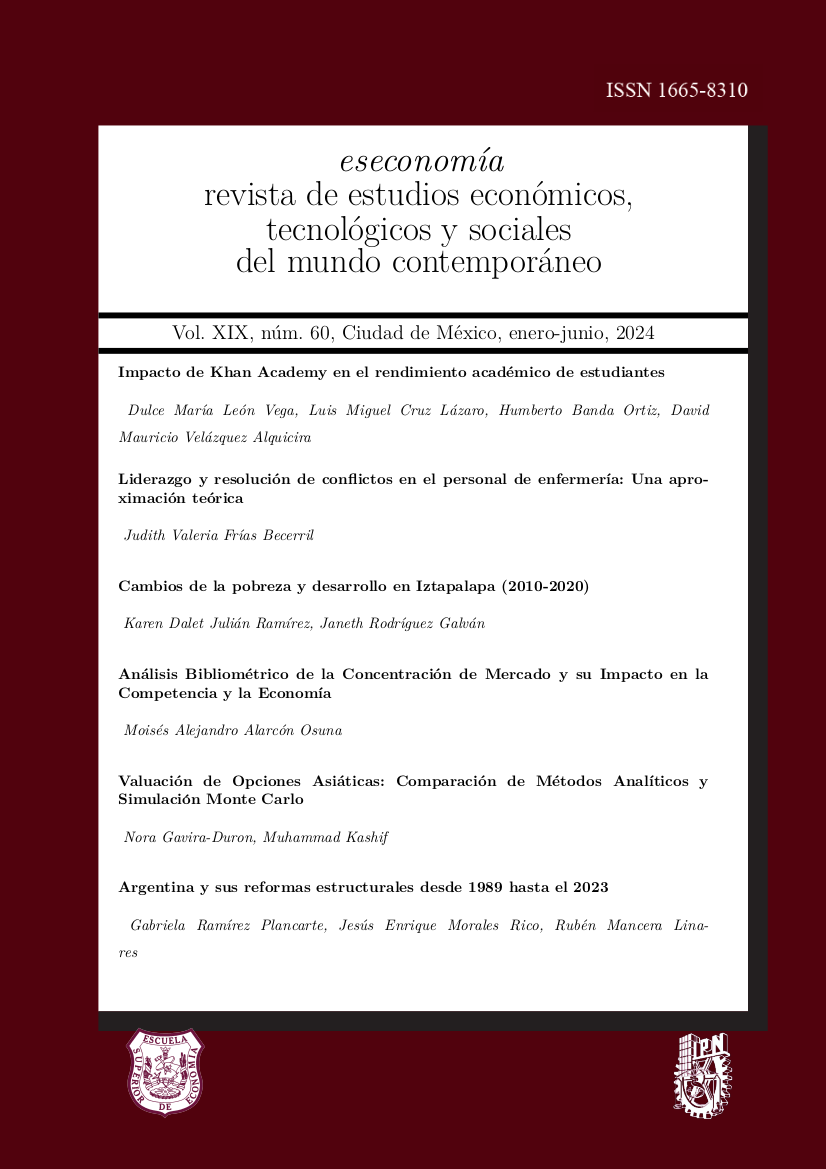Argentina and Its Structural Reforms from 1989 to 2023
Main Article Content
Argentina is a sovereign country in South America, it is the largest Spanish-speaking country on the planet, its surface area is 2,789,400 km², this means that it is the second largest in Latin America and eighth in the world. Its form of government is republican, democratic, representative and federal. Likewise, it is integrated since 1994 by twenty-three provinces and its capital is the City of Buenos Aires. Since the end of the twentieth century it has had a series of structural reforms where it reached the precipice and then took off with a Decade of Winners and then periods of presidencies returning to economic and social chaos. This research is divided into presidential periods and for that reason it is divided into eight parks that are: 1. The beginning of heterodox politics with Menem; 2. De la Rúa and its continuity with Menem's reforms; 3. The end of the De la Rúa government until the arrival of Kirchner; 4. The Golden Years of Argentina with the Kirchner dynasty; 5. From the Kirchners to the arrival of Mauricio Macri; 6. The arrival of Alberto Fernández with the Pandemic; 7. Towards the arrival of Javier Milei and the conclusion.



